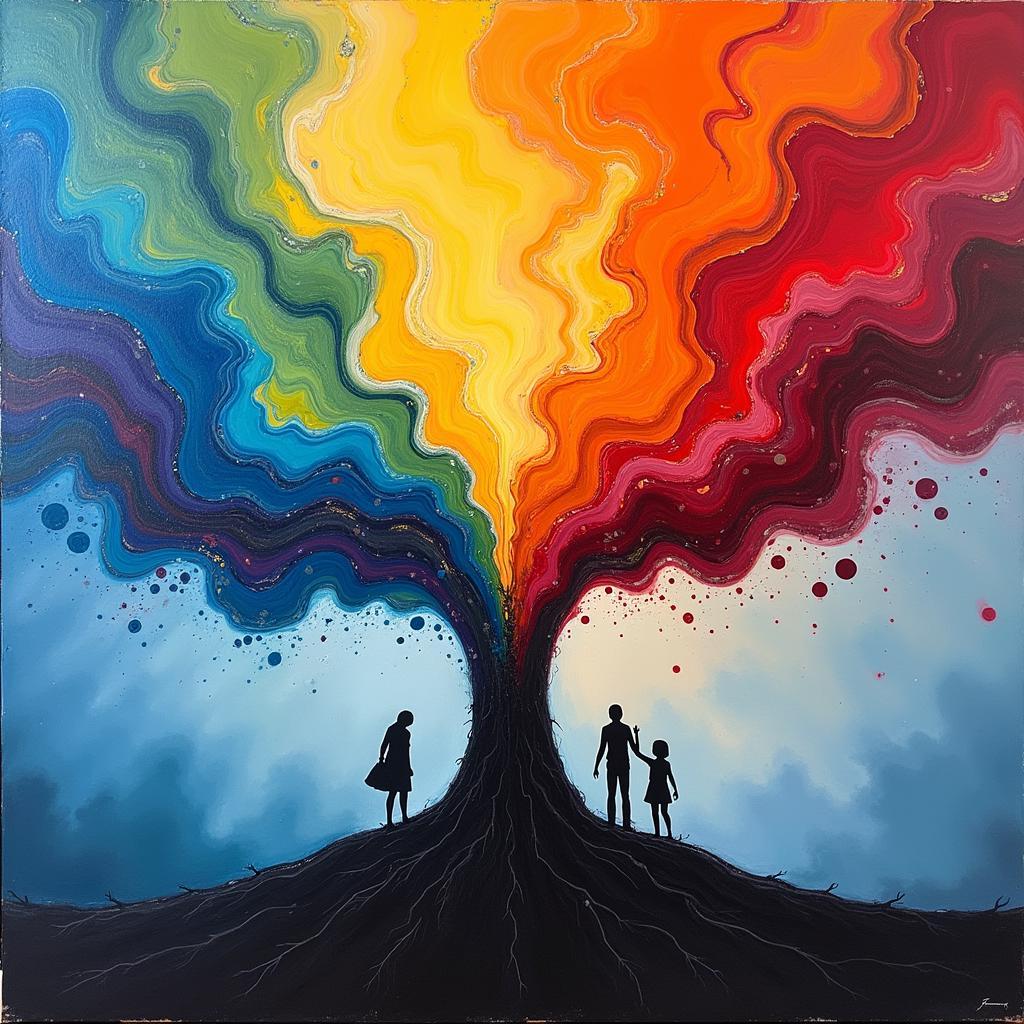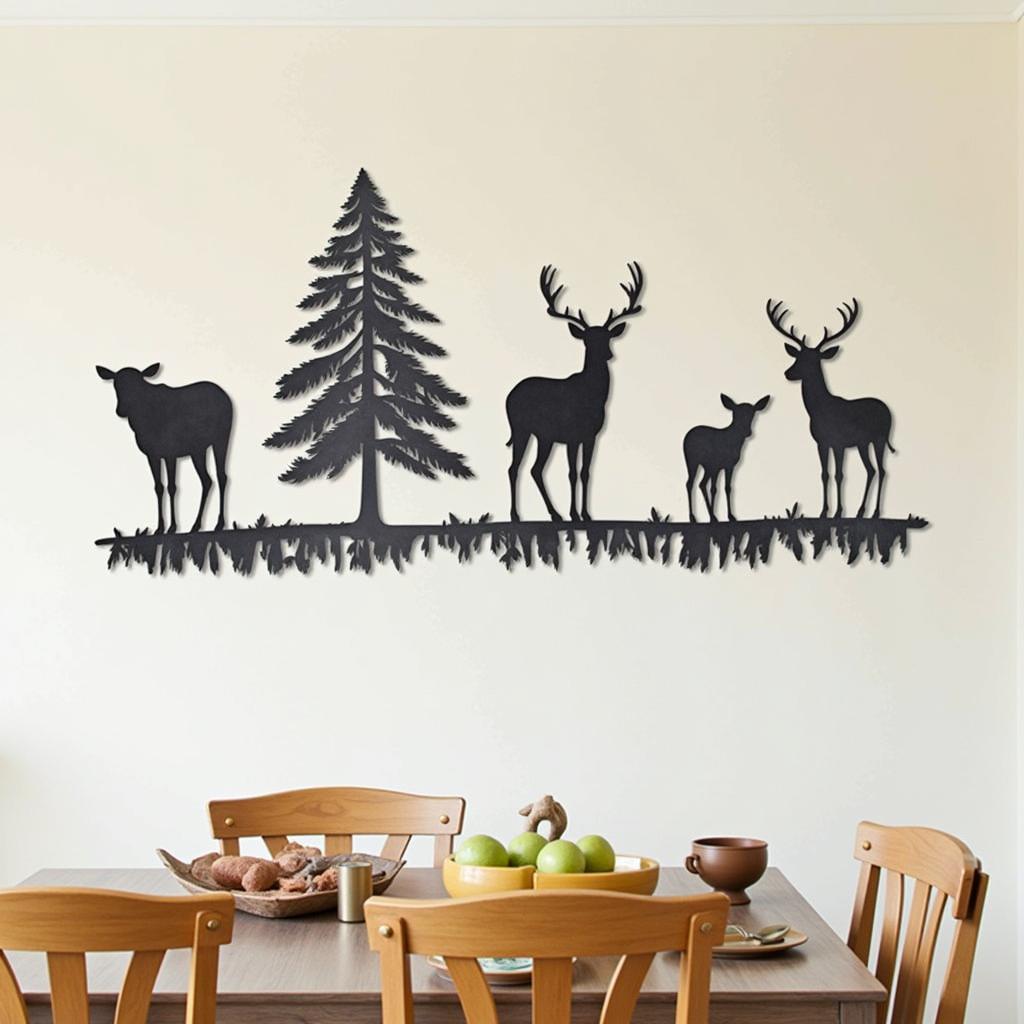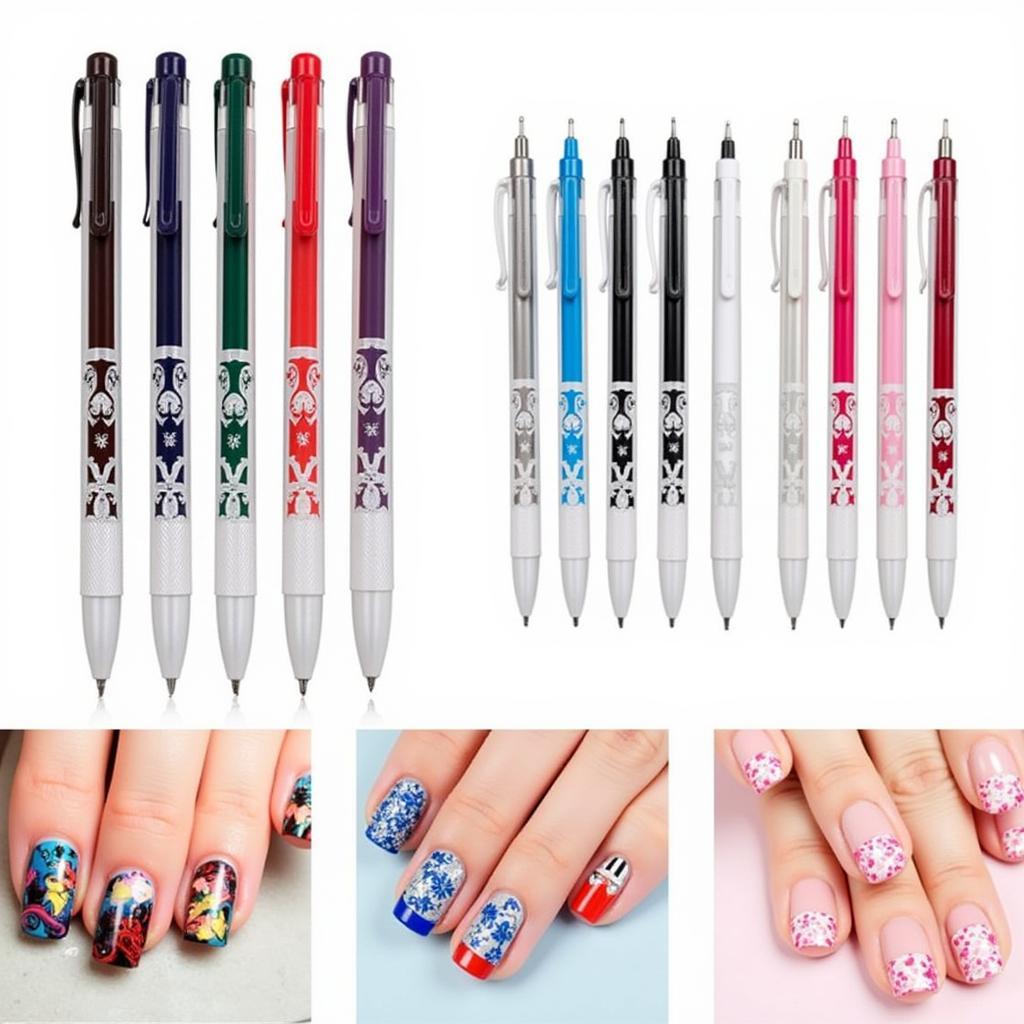Misogynist Art: Unveiling the Harmful Stereotypes
Misogynist Art, a controversial topic that ignites debates about freedom of expression and societal responsibility, permeates various art forms throughout history and the contemporary world. This article delves into the complex issue of misogynist art, exploring its manifestations, dissecting its harmful stereotypes, and examining its impact on individuals and society at large.
The Many Faces of Misogyny in Art
Misogyny in art doesn’t always scream from a canvas; it often whispers through subtle symbolism and deeply ingrained biases. From the idealized portrayal of women solely as objects of beauty in Renaissance paintings to the hypersexualization of female bodies in modern media, misogynist art often reduces women to one-dimensional representations devoid of agency and individuality.
One of the most pervasive forms of misogynist art is the portrayal of women as passive, submissive, and subservient to men. This trope, often rooted in patriarchal societal structures, reinforces harmful gender roles and perpetuates the notion that women are incapable of autonomy and leadership.
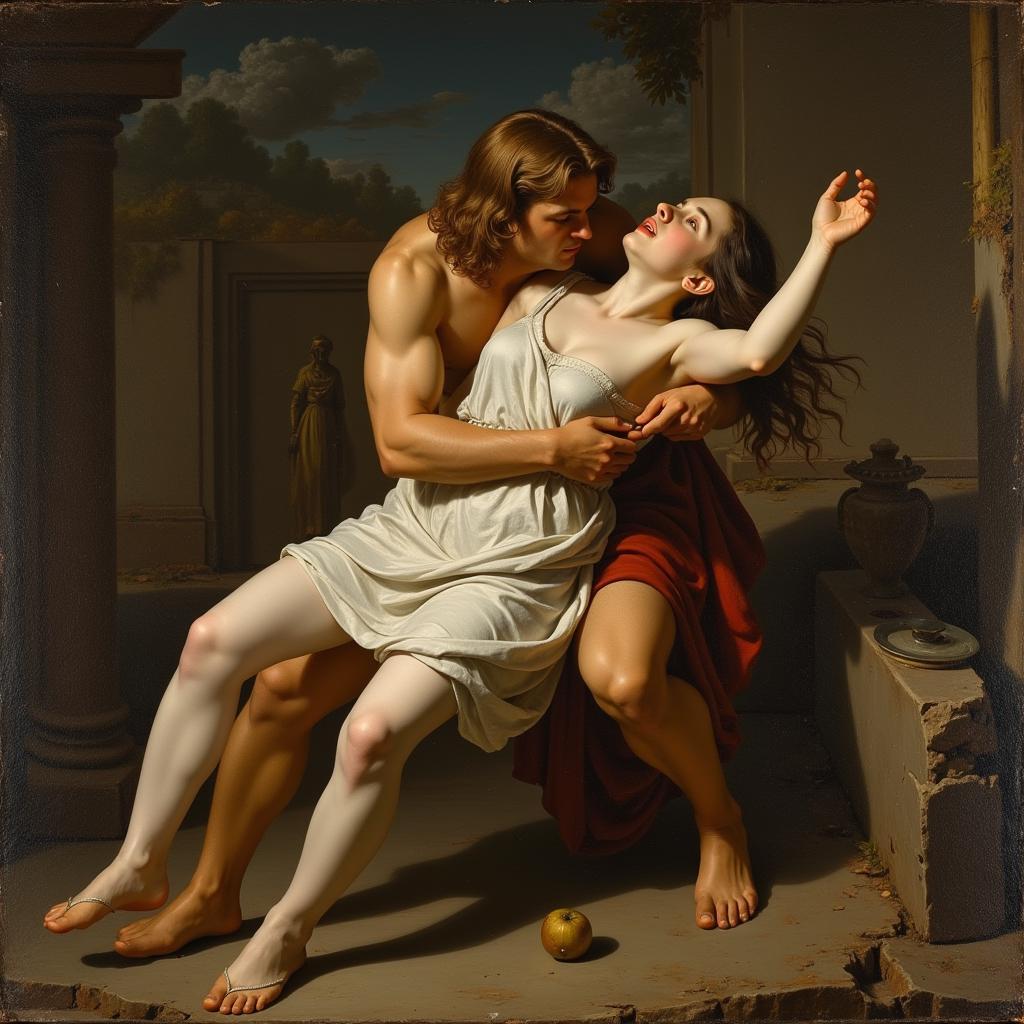 The Damsel in Distress Trope in Art
The Damsel in Distress Trope in Art
The Dehumanizing Impact of Misogynist Art
While some argue that art merely reflects existing societal norms, the impact of misogynist art extends far beyond mere reflection. Exposure to such imagery can contribute to the normalization of violence against women, reinforce harmful gender stereotypes, and contribute to a culture of inequality.
Objectification and Violence
When art consistently portrays women as objects to be controlled, possessed, or dominated, it creates a dangerous climate where violence against women can be more easily justified or dismissed. This objectification can manifest in various forms, from the fetishization of certain body parts to the glorification of violence against women.
Perpetuating Harmful Stereotypes
Misogynist art often relies on and reinforces tired stereotypes about women’s emotional capacity, intelligence, and capabilities. By limiting the portrayal of women to a narrow range of characteristics, such art denies their complexity and perpetuates harmful biases that can have real-world consequences.
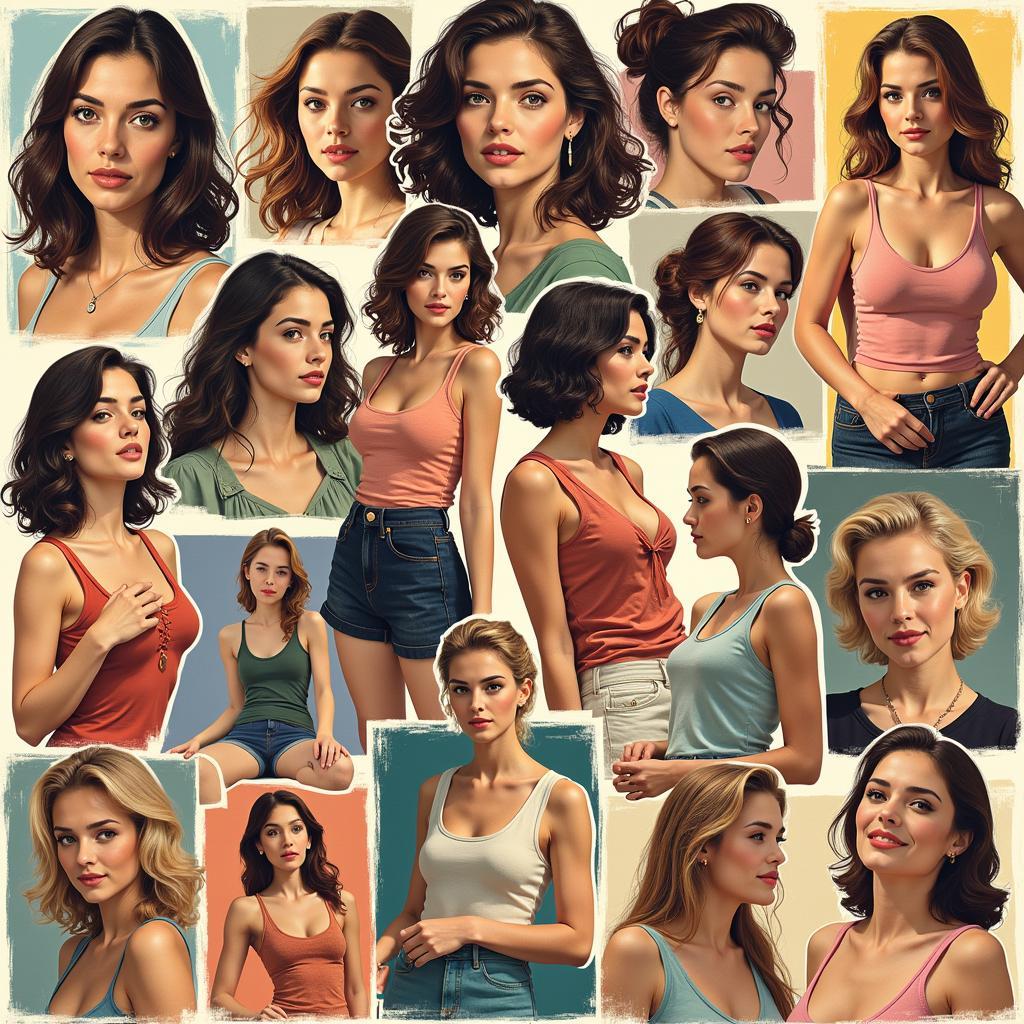 Stereotypical Portrayals of Women in Advertising
Stereotypical Portrayals of Women in Advertising
Challenging Misogynist Art: A Call to Action
It’s crucial to remember that art, while powerful, is not exempt from critique. Challenging misogynist art is not about censorship but about fostering critical dialogue and promoting responsible representation.
Raising Awareness and Encouraging Critical Consumption
Educating ourselves and others about the subtle and overt ways misogyny manifests in art is crucial. By analyzing art through a critical lens, we can start to deconstruct harmful stereotypes and challenge the status quo.
Supporting Diverse Voices and Perspectives
Amplifying the voices of female artists and creators from marginalized communities is essential in countering misogynist narratives. By providing a platform for diverse perspectives, we can create a more inclusive and equitable art world that celebrates the full spectrum of human experiences.
Conclusion
The fight against misogyny in art is not a battle against art itself but a fight for a world where art reflects the full humanity of all genders. By fostering critical thinking, promoting diverse voices, and demanding better representations, we can create a future where art empowers and inspires, rather than perpetuates harm and inequality.
